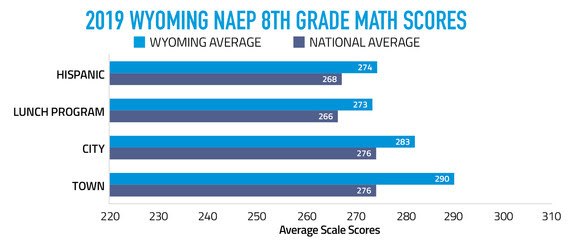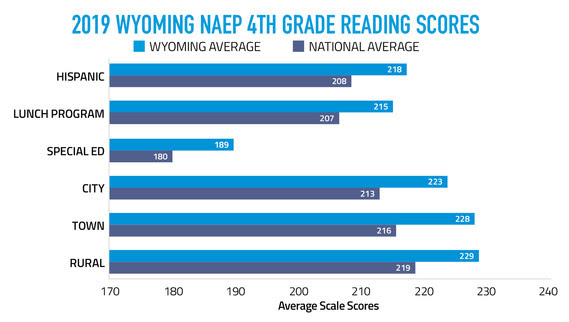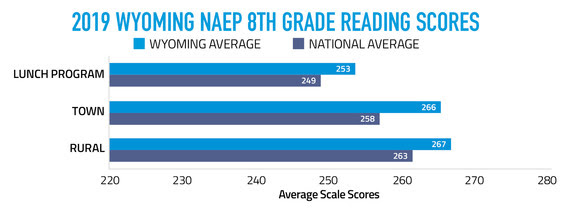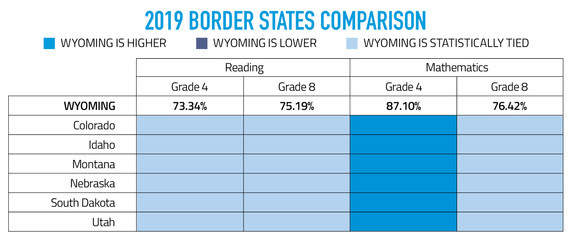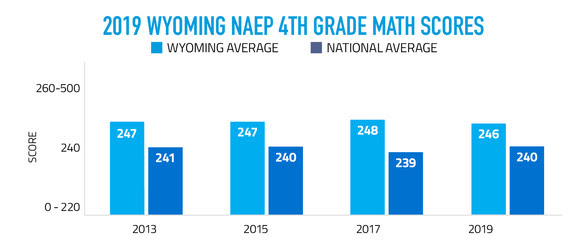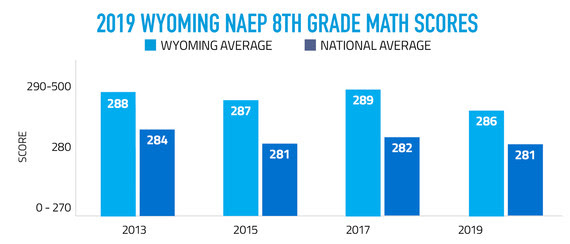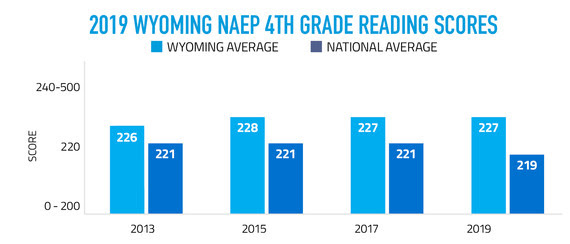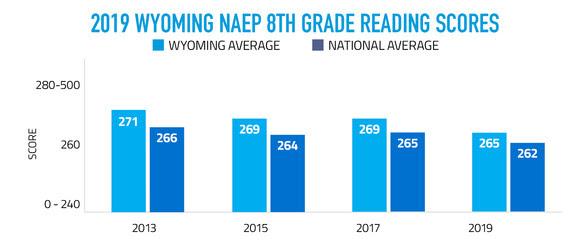CHEYENNE – In an effort to head off hunger and poor nutrition across the state, the Wyoming Department of Education (WDE) seeks sponsors for the Summer Food Service Program. This is a federally funded program of the U.S. Department of Agriculture (USDA) that provides nutritious meals and snacks to children in low-income areas during the summer months.
Sponsors may include public and private nonprofit schools; local and municipal sites; houses of worship; county, tribal and state government entities; private nonprofit organizations; public and private nonprofit camps; and public and private nonprofit universities or colleges.
Summer food program sites must be either in the attendance area of a school where 50 percent or more of students are eligible for free and reduced-price meals, or within the boundaries of a U.S. Census block where at least 50 percent of children are eligible for free and reduced-price meals at school. Once those criteria are met, the site is open to all area children under the age of 18.
Last year, Wyoming summer food service program sites provided 294,496 meals and snacks to children and teenagers throughout Wyoming. Sponsors are reimbursed a set amount per each meal served.
More information is available on the WDE website.
– END –
In accordance with Federal civil rights law and U.S. Department of Agriculture (USDA) civil rights regulations and policies, the USDA, its Agencies, offices, and employees, and institutions participating in or administering USDA programs are prohibited from discriminating based on race, color, national origin, sex, disability, age, or reprisal or retaliation for prior civil rights activity in any program or activity conducted or funded by USDA. Persons with disabilities who require alternative means of communication for program information (e.g. Braille, large print, audiotape, American Sign Language, etc.), should contact the Agency (State or local) where they applied for benefits. Individuals who are deaf, hard of hearing or have speech disabilities may contact USDA through the Federal Relay Service at (800) 877-8339. Additionally, program information may be made available in languages other than English.
To file a program complaint of discrimination, complete the USDA Program Discrimination Complaint Form, (AD-3027) found online at: http://www.ascr.usda.gov/complaint_filing_cust.html, and at any USDA office, or write a letter addressed to USDA and provide in the letter all of the information requested in the form. To request a copy of the complaint form, call (866) 632-9992. Submit your completed form or letter to USDA by:
(1) Mail: U.S. Department of Agriculture Office of the Assistant Secretary for Civil Rights 1400 Independence Avenue, SW Washington, D.C. 20250-9410;
(2) Fax: (202) 690-7442; or
This institution is an equal opportunity provider.
Media contact:
Michelle Panos, Communications Director
307-777-2053


